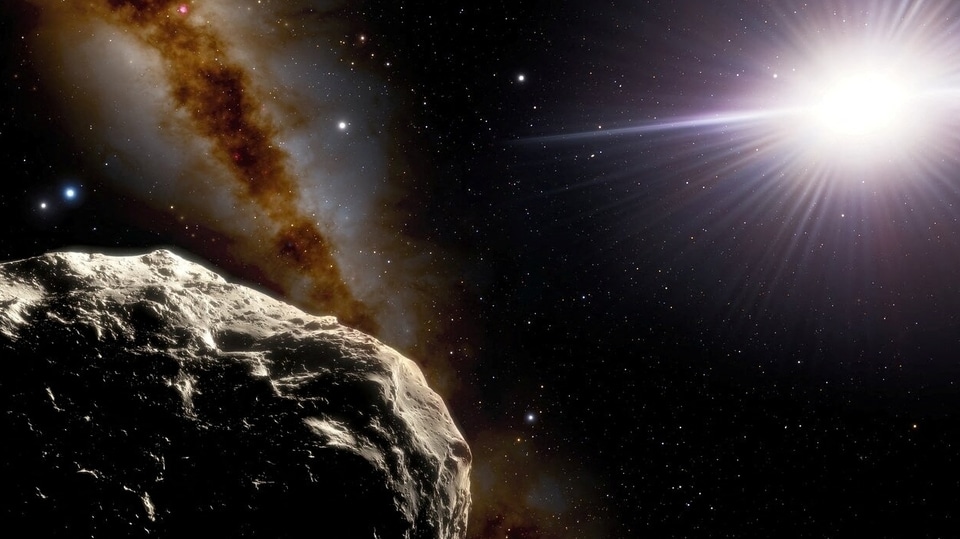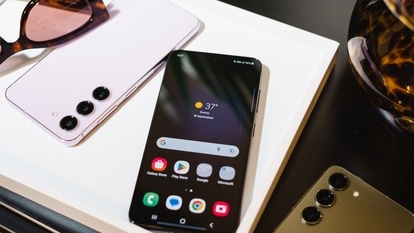This asteroid got so close to the Sun, it turned blue; Check shocking impact
Among all the asteroids, Phaethon gets the closest to the Sun. Know how this shocking transformation into a blue asteroid happened.

Asteroids are the most mysterious objects in the sky. Take the example of asteroid 16 Psyche, where NASA plans to send a spacecraft in 2023, which is made up of various metals. Or the asteroid Bennu, where rocks and dust are so loosely packed that if someone were to step onto it, they would sink into it. But perhaps one of the most mysterious asteroids of our solar system is Phaethon, the bluest asteroid. This asteroid has been a source of fascination for scientists, not just because of its blue hue, but also because among all named asteroids, it gets the closest to the Sun. And scientists are curious to know how that affects this space rock. Read on to find out.
Phaethon was first discovered by NASA in 1983 and was named after the Greek hero and son of the Sun god Helios. Interestingly, Phaethon was also the first asteroid to be observed via a satellite, according to NASA. A new study has now found a correlation between the asteroid's close proximity to the Sun and its blue color. Published in the online journal Icarus, a study claims that the intense solar radiation might have something to do with how this asteroid looks.
The close trip to the Sun gives asteroid Phaethon its blue glow
During its perihelion (the nearest point to the Sun in the path of an orbiting celestial body), asteroid Phaethon heats up to 800 degrees Celsius. This intense heat makes strange changes to the chemical composition of the asteroid. The study found that the heat particularly targets iron-like substances and other organic compounds that are red in color and vaporizes them. As a result, what is left behind is the deeper blue colored elements and chemical compounds which gives the asteroid its iconic shine.
But why does the Sun only target the redder compounds? While the answer to this is not yet known, the phenomenon was proven by the group of researchers who published the study. The researchers created a model which detailed the chemical composition of the asteroid and then added heat to prove that it is indeed the redder substances which get vaporized.
This is not the end of the mysteries with the asteroid Phaethon. It is also the only asteroid that gives out a meteor shower. All other meteor showers originate from comets. The beautiful meteor shower that originates from Phaethon is called Geminids which can be seen in the skies of the northern hemisphere during the month of December.
Catch all the Latest Tech News, Mobile News, Laptop News, Gaming news, Wearables News , How To News, also keep up with us on Whatsapp channel,Twitter, Facebook, Google News, and Instagram. For our latest videos, subscribe to our YouTube channel.


























